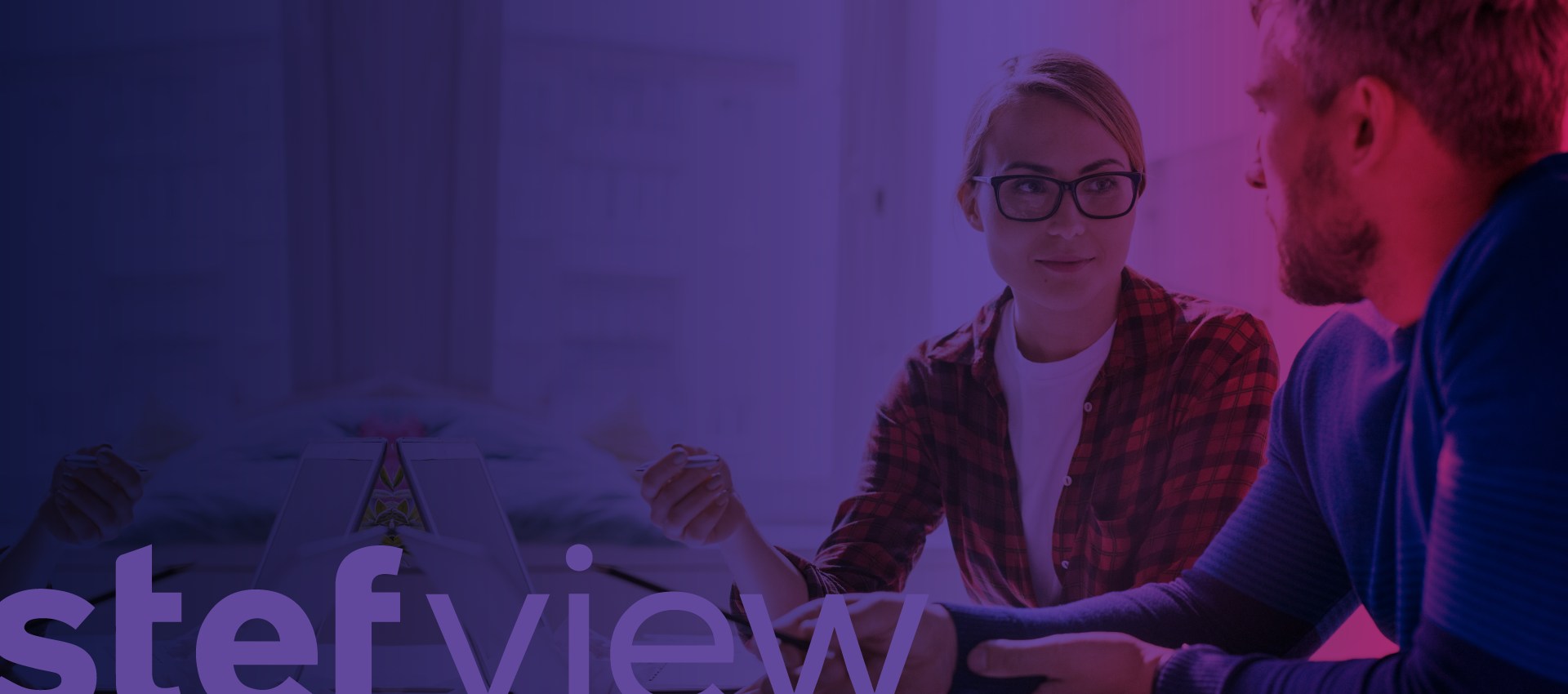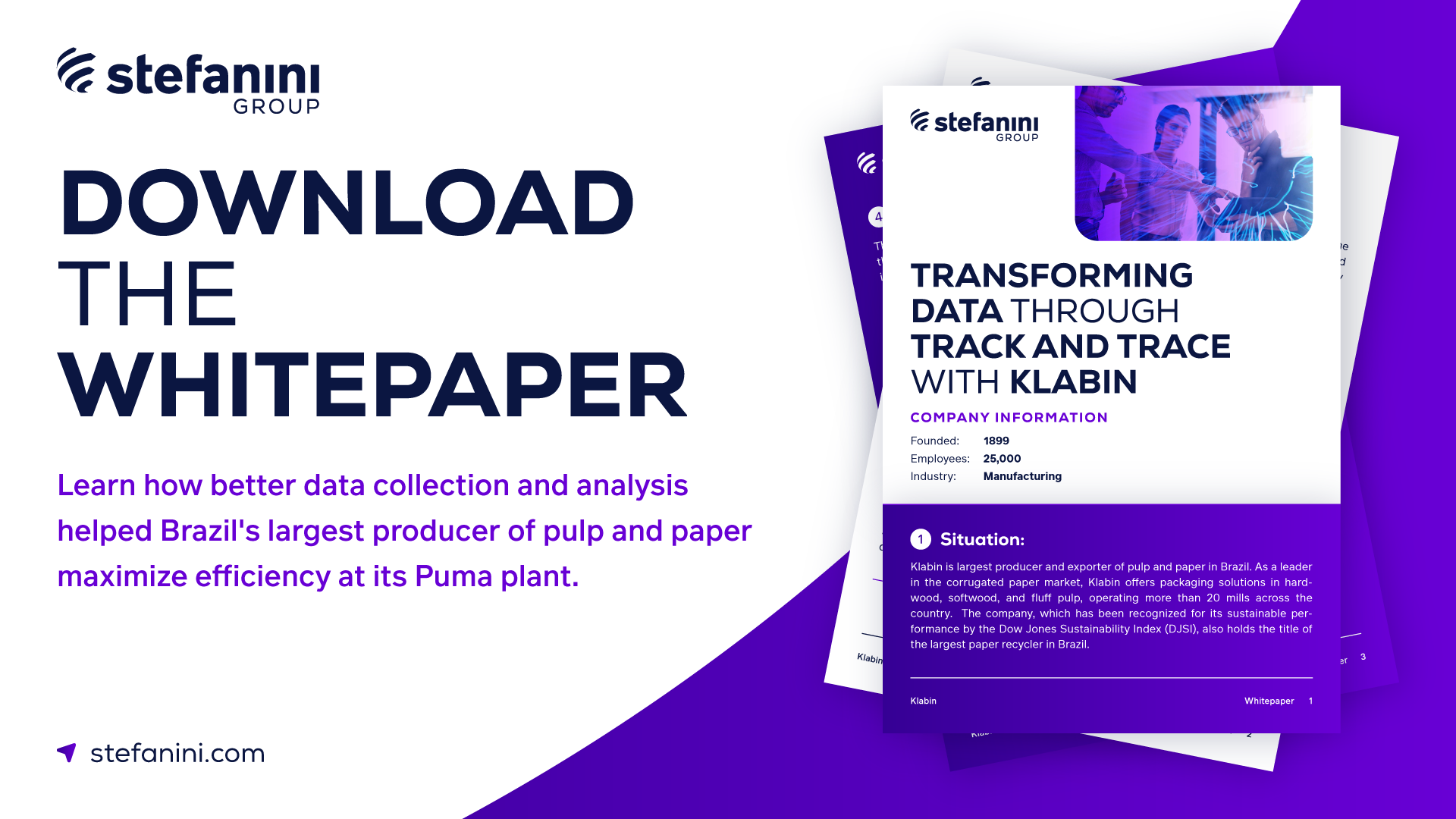Technology plays a crucial role in ensuring that organizations can adapt and thrive in today’s environment. With modern, updated tech, companies are better equipped to deliver breakthrough consumer experiences, enable always-on innovation, and quickly react to marketplace changes.
Application modernization is the process of altering legacy systems to achieve this goal.
How can application modernization also act as a financial strategy? Get insights here!
What is Application Modernization?
The global application modernization market is predicted to increase at a Compound Annual Growth Rate (CAGR) of 16.8 percent and $24.8 billion by 2025.
According to Gartner, application modernization services include the transfer of legacy applications or platforms to new applications or platforms, as well as the integration of new functionality to give the business the most up-to-date functions.
Re-platforming, re-hosting (also known as lift and shift), recoding, rearchitecting, re-engineering, interoperability, replacement, and retirement are among the many possibilities for modernization, as are changes to the application architecture to determine which option should be chosen.
Much of the current discussion about application modernization focuses on monolithic, on-premises applications—which are typically updated and maintained using waterfall development processes—and how those applications can be brought into cloud architecture and release patterns, specifically microservices DevOps.
What does DevSecOps look like in practice? We’ve got original insights for you here!
Reasons for Modernizing Legacy Applications
Broadly speaking, the advantages of application modernization relate to increasing the speed at which new features are delivered, exposing the functionality of existing applications so that they can be consumed via API by other services, and re-platforming applications from on-premises to cloud for application scale and performance, as well as long-term data center and IT strategy.
The key to a successful application modernization is strategy and picking application modernization projects where the benefits of cloud, speed, performance, scale, new feature development, and so on provide a clear path to improved customer experience and ROI for the given application.
Monolithic applications are common in legacy applications. These types of applications have two qualities that make them desirable to modernize: they are tough to update and scale, and they are complex and expensive.
Due to architectural considerations, monolithic apps are difficult to update. Because of the overhead of complexity and integration problems, it is difficult and costly to add features to an application because all of its components ship together.
Scaling these applications is difficult and expensive for similar reasons. If even one component of an app is experiencing load and performance issues, the entire program may need to be scaled up just to service the most-demanding single component. This method wastes a lot of time and resources.
For this reason, many companies choose to modernize applications to more of a microservices architecture. This way, components are smaller, loosely linked, and may be deployed and scaled independently of one another. While this technique comes with its own set of difficulties, it is also where much of the core value in modernization can be found.
Application Modernization for Business Transformation
Modernizing your business’ applications is more than just a technical shift. An organization’s architecture, technology, and organizational structure must all change, and each shift must be carefully evaluated.
Let’s take a closer look at the three levels of transformation:
- Architecture – The transition from three-tier, tightly coupled, difficult-to-change monoliths to a modern, agile, and loosely coupled microservices-enabled ecosystem that allows for greater flexibility and agility begins with a technical shift. The journey begins with the proper architectural foundation, which contains industrialized design patterns and best practices aimed at making application development and maintenance easier. Domain-driven design is a cloud-native architecture paradigm that breaks down complicated business domains and monolithic systems into smaller data-driven microservices and helps define clear boundaries for each context. To ensure that the microservices conform to enterprise-wide consumption and comply with security and governance standards, use an API-first design strategy. Asynchronous architecture eliminates the need for complex interconnections and introduces independent behavior, allowing for concurrent development and speedier deployments. Furthermore, the architecture is built to withstand network and system failures and uses 15-factor design concepts instead of the traditional 12-factor approach to promote agility, scalability, and operational efficiency.
- Technology – To get the most out of app modernization, you’ll need to use modern cloud-native technologies like containerization, serverless, microservices, and PaaS. However, the large scale of modernization necessitates that the technological foundation work on developing DevOps and quality automation pipelines that can assist reduce development and maintenance costs while also helping to improve operational excellence. Additionally, when enterprises modernize their apps, they move away from open-source technologies with limited reusability and on-premises infrastructure and toward cutting-edge solutions based on three PaaS patterns: traditional, bespoke, and public.
- Organization – Silos in development, quality assurance, testing, and the business must be broken down and replaced with self-sustaining domain-driven teams to support the updated architecture. Whereas in old development approaches, big teams of 30 or 60 people are responsible for development, infrastructure, and quality assurance, in a modern approach, the same resources are responsible for development, platform operations, and automated scripting.
7 Steps to Follow for a Successful Application Modernization Plan
Any application modernization initiative is a huge undertaking and can be overwhelming if you do not know where to start. At the very least, make sure your approach to application modernization includes the following steps:
1. Start with an assessment – An application assessment is the most crucial step in every application modernization effort. After you evaluate your legacy applications and compile a list, plot each application against how easy or difficult it will be to modernize as well as possible improved value once it is updated. You may also think of potential value by defining critical applications for customer experiences and the future of your company. Start with the applications that you determine are high-value and low-effort to change. The toughest decisions will be in regards to high-value, difficult-to-move apps. Remember that this does not have to be an all-or-nothing plan from the beginning. In these circumstances, there are techniques to application modernization that can reduce risk and cost while still moving your portfolio forward.
2. Define your goals – Goals must be the result of your business’ KPIs. For example, if your aim is to upgrade your personnel management software, you might think about the ways application modernization can reduce the time spent filling out time reports or doing administrative activities, as well as reducing the time required to allocate team members with the appropriate skills to a new project. Keep in mind that, while your application modernization strategy must solve IT system issues, it should also put you ahead of your competition.
3. Take stock of available resources – Modernizing your applications is an investment. While it will result in costs for development time and software, in many cases, such a transition may necessitate additional resources you had not considered. Further, you will need to train your IT personnel in the new technology, hire more people, or outsource talent. The next phase will be to onboard the users and help them comprehend the tool once the technical staff has become comfortable with the new system. Although it will take some time for them to understand it at first, it will save them time and money in the end.
4. Consider the mindset change – If your modernization includes both technical aspects as well as business operations and working culture (like an agile transformation), this project will necessitate leadership involvement and management support. Make sure leadership is on the same page and understands all of the moving parts this initiative will require.
5. Plan your budget – When it comes to resource allocation, make sure you plan ahead of time and stick to your budget. Make contact with people who have already completed successful application modernization makeovers and ask them for any hidden costs that surprised them. After all, 66 percent of enterprises find that the most difficult aspect of enterprise system modernization is determining the total cost of ownership at the outset.
6. Make a plan – The final phase before the kick-off is to develop a strategic plan that includes a prioritized set of short- and long-term goals. If you are not going to oversee all of the efforts yourself, make sure you designate owners and hold them accountable for meeting the KPIs. You should also consider:
- Code review – This quick technique cleans up the existing code base, repairs problems, and finds future enhancement opportunities.
- UX audit – This assessment evaluates behavioral, quantitative, and qualitative data about system usage and delivers practical advice about the real state of things while avoiding assumptions at all costs.
- New features – To adapt your app to new market demands, you may need to add new features or enhance current ones. UX researchers and business analysts can assist you in determining which of your users’ most critical demands should be addressed first. Make sure your decisions are based on recommendations that are supported by facts rather than preconceptions.
- New operating systems – You may need to migrate the entire application or sections of it to a new operating system at times. Depending on the scale of the migration, it could be a very minor change (such as updating an internal reporting plugin) or a considerably larger project (such as migrating an old monolithic software to microservices).
7. Modernize – Remember to keep an eye on the KPIs once you have started this journey. Meanwhile, keep in touch with your team and other users of the software you are updating (like clients or other business partners). Make sure they understand how the changes will benefit them and that they receive required support as they transition to the new platform. Technology, as well as how we utilize it, is continuously changing. Make the most of your first modernization by learning and preparing for the next time you take on this initiative.
Partner with Stefanini for Your Application Modernization Journey
Stefanini can assist you in developing and implementing a specific application modernization strategy. To ensure that the modernization is successful, we always begin with a thorough examination of your business needs and end-user requirements. We then implement applicable solutions based on that assessment, such as cloud migration, modernization in the cloud (including cloud infrastructure), software development, rearchitecting monolithic apps to microservices, and more.
Start your digital transformation now. Get connected with an expert today!




















